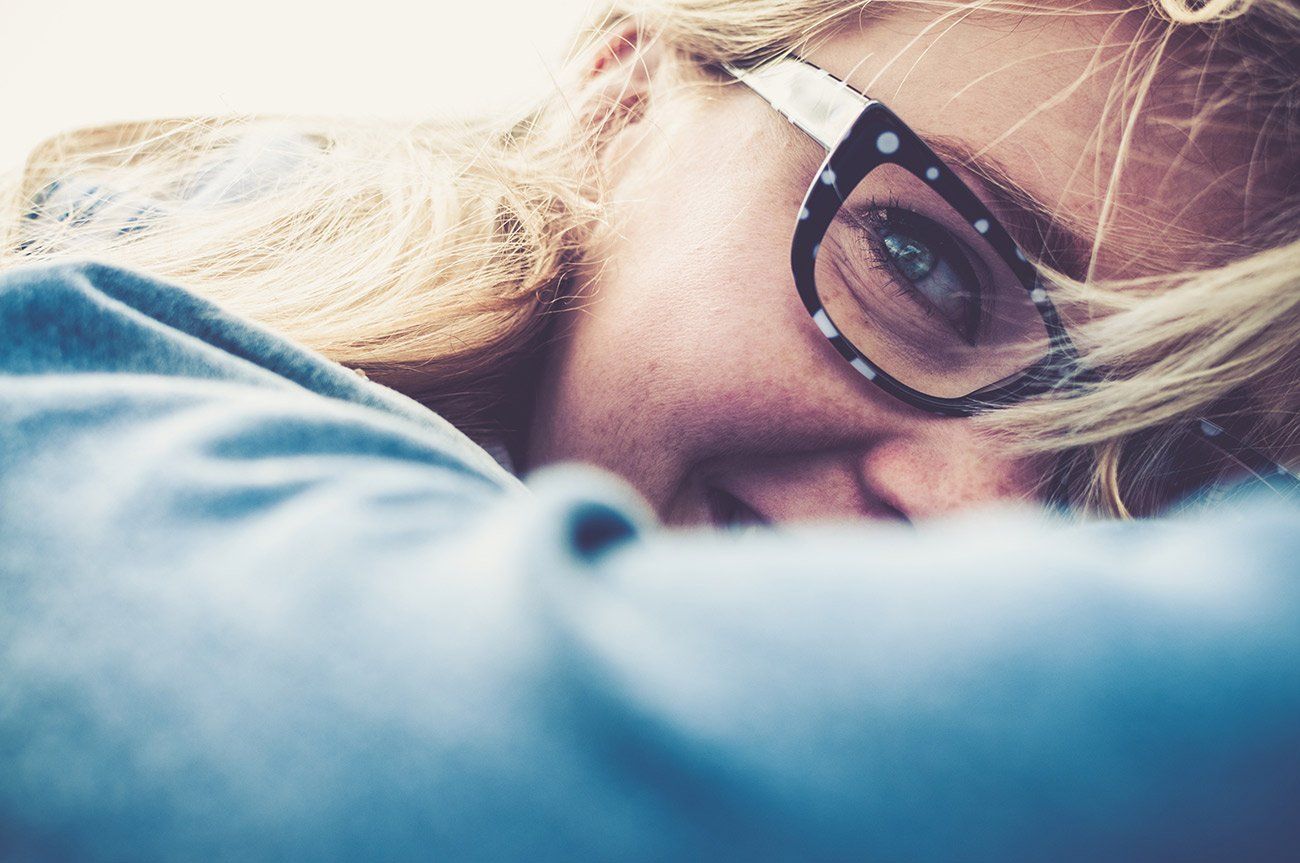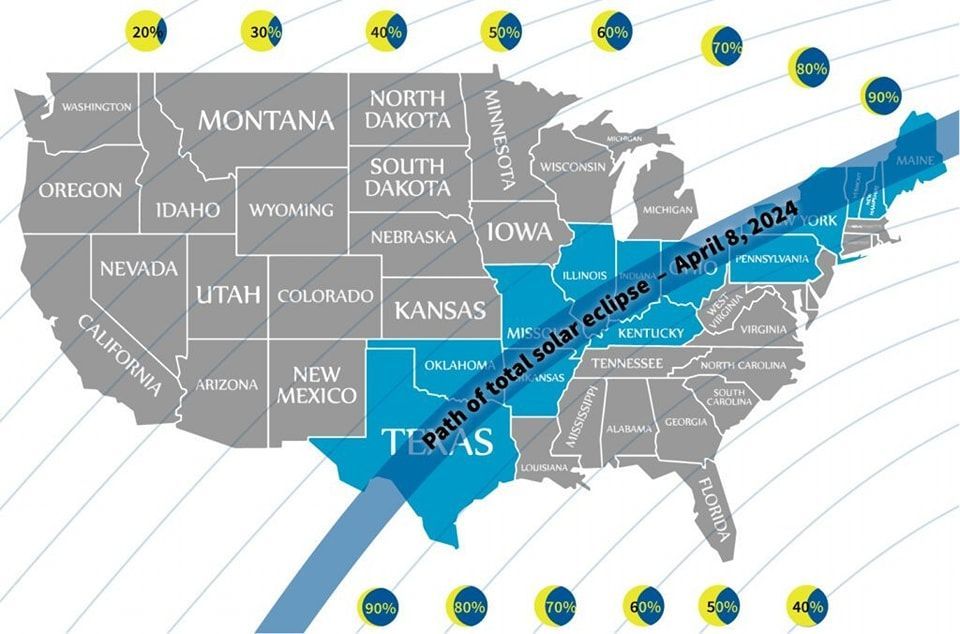Prescription for Keeping Children Out of Glasses: Sunshine
Sunlight is the best way to prevent myopia, or nearsightedness, in children. It’s a deceptively simple response to a growing public health crisis, but it works, and not enough people know about it.
Childhood nearsightedness is on the rise
Nearsightedness in children has increased at an alarming rate over the past 30 years. It is estimated that about 40% of children ages 6 to 19 years are nearsighted; in Asia, the rate is nearly double. If nothing is done to help slow the increase, half the world’s population may be nearsighted by the year 2050.
Nearsightedness happens when the eye grows too long from front to back. As a result, people with myopia have good near vision but poor distance vision. While glasses or contact lenses can correct a child’s vision, research shows that having severe myopia puts children at risk of potentially blinding eye problems down the road, including retinal detachment, glaucoma, early cataracts and myopic maculopathy, a leading cause of blindness worldwide.
Spending time outdoors is good for the eyes
Although genetics play a role in who develops myopia, the sharp increase suggests that environmental factors may be at play. Many experts point to the combination of increased screen time and less time outdoors as factors that may put children at higher risk for developing myopia.
Why would outdoor time protect against myopia, or closeup work make it worse? It’s unclear. One idea is that sunlight increases dopamine levels in the eye, which controls the growth rate of the eye. Another theory suggests that shorter viewing distances may promote abnormal growth of the eye. Think of long periods of intense near work, whether in front of computer screen or a book, without breaks. The time to intervene is in early childhood because the earlier a child develops myopia, the more likely they are to develop severe myopia later in life. So, the goal is to delay the start of myopia and to slow the rate of progression so the
child can avoid the worst complications of myopia, like retinal problems.
Solutions for slowing myopia
Among the options for slowing myopia are atropine eye drops and special multifocal contact lenses.
Atropine drops dilate the pupil. It’s unclear how they work, but multiple studies worldwide have shown that low doses of atropine eye drops can slow the increase in myopia. Studies also show that a new, special contact lens can slow myopia progression. These are a daily disposable contact lens that must be fit by a specialty-trained optometrist or ophthalmologist. At least one to two hours of outdoor time each day are encouraged which helps reduce screen time to one to two hours a day.
Outdoor reading, screen-free zones and other strategies
Children can read outside so they’ll get both the dopamine hit from the sun exposure and more opportunities to break their focus on near work. Instead of reminding them to obey the 20-20-20 rule (every 20 minutes, look 20 feet away for 20 seconds), they do it instinctively as they naturally look up at birds flying by or squirrels scurrying across the lawn. Try it, it’s kind of genius. Inside the home, set up screen-free zones that kids and adults alike obey. Modeling healthy habits is key to getting children on board. A recent national study found that just half of parents recognize that screen time can impact their child’s eye health. There is increasing concern that the COVID-19 pandemic could drive myopia rates higher with the increased use of electronic devices due to remote learning.
Taken from an article from the American Academy of Ophthalmology By Susanne Medeiros
Reviewed By Noha Ekdawi, MD



Share On: